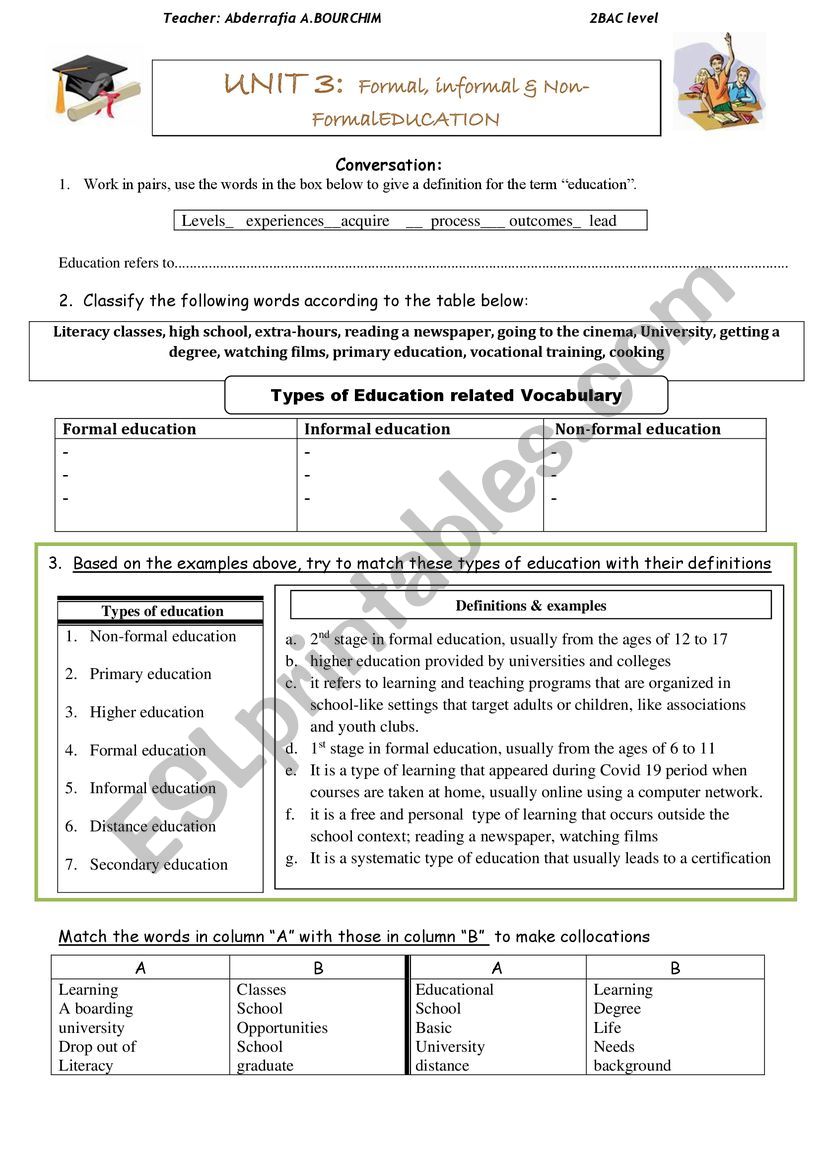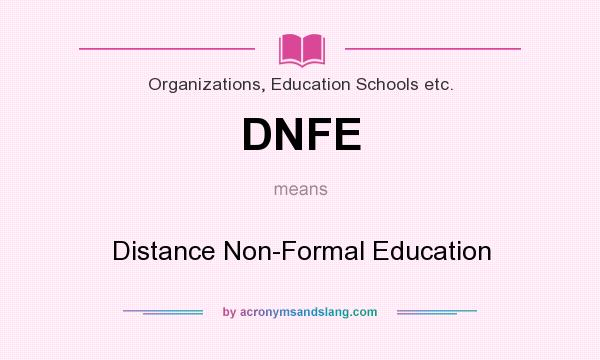

The study was delimited to the students enrolled in M. In formal education acquisition of knowledge is the goal in non-formal education, the goals understand one’s needs environment and social relationships. Papua New Guinea had two Internet service providers in 1999. The research article deals with the evaluation of the role of assignments in learning through distance and non-formal mode of education. The NFE is lifelong and with flexible points of entry, while formal education is finite and limited to a period meant for teaching and learning, with fixed point of entry and exit. Schools with access to televisions and video players use educational videos to supplement instruction, but the videos are limited. The country had three broadcast stations in 1997 and about 42,000 televisions. Television is available, but on a limited basis. In 1998, Papua New Guinea had 8 AM stations, 19 FM stations, and 28 short-wave stations. Many areas have poor reception as well, which makes the broadcasts unavailable to a number of schools. The Institute of Distance Learning also offers face-to-face instruction during the University of Papua New Guinea's summer session.Ĭommunity schools use radio broadcasts to supplement instruction, but most broadcasts are out of date and unrelated to the modern curriculum. It is a practical and conversational mode of teaching. Both distance-learning programs operate by mail. This type of education is given in the home, the instruction is given to individuals, distance learning programs and computer-based instruction can also be included in this kind of education. despite nfes prevalence, as well as the availability of online training materials for nonformal educators (latchem, 2018), it remains unclear whether distance education and online learning. In Distance & Non-Formal Education (DNFE) M. Students can complete their secondary studies for grades 7-10 through the College of Distance Education or pursue upper secondary and university-level courses through the University of Papua New Guinea's Institute of Distance Learning and Continuing Education. DISTANCE, NON-FORMAL AND CONTINUING EDUCATION DEPARTMENT, BLOCK 5, ALLAMA IQBAL OPEN UNIVERSITY, ISLAMABAD: Phone : 0519250055, 0519057707: Email : : Staff Members : Staff Members Detail : Website: NULL: Programmes: M.Ed. Papua New Guinea also has two distance-learning programs. In 1995, approximately 72 percent of the population age 15 and older could read and write. Examples of non-formal learning are training. Since the 1990s the number of literacy programs offered in local languages has increased and communities have expressed a greater interest in non-English literacy materials. Non-formal learning is acquired in non-formal education, it is intentional, the person attending these forms of education makes it for own reasons, and programs are organized for learning, coming to complement, support or as a source of valorisation of the learning experiences formally acquired. In 1990, there were 79 literacy programs with a total of 258 classes. Church groups, the Young Women's Christian Association, and the Peace Corps also provide literacy services. SIL International (formerly the Summer Institute of Linguistics) is the largest nongovernmental organization involved in literacy.

Government support for nonformal education has been sporadic and disorganized however, nongovernmental organizations have supported the effort.


It includes many instructive and inspiring examples of how international agencies such as UNESCO, FAO, WHO, UNICEF, USAID and the Commonwealth of Learning and national providers are using. Popular subjects like Urdu, Islamiat and English are having previous 5 years papers.Each discipline is being updated regularly for the latest and updated papers after every examination.Nonformal education in Papua New Guinea includes village-based literacy programs for adults and children, agriculture and health programs, provincial and community libraries, and some distance-learning opportunities. This book is the first comprehensive account of developments in open and distance non-formal education in developing countries for over more than 20 years. We also have categorized our past papers for subjects under suitable program or disciplines.Different course like matric, FA, BA, B.Ed, MA, M.Ed and other science programs like BS and MS are having different subjects.
DISTANCE AND NON FORMAL EDUCATION CODE
AIOU provides subjects along with their code numbers in different courses and diplomas. MA Distance and Non-Formal Education is a 2 having admissions for spring and autumn semesters in January and July respectively.


 0 kommentar(er)
0 kommentar(er)
